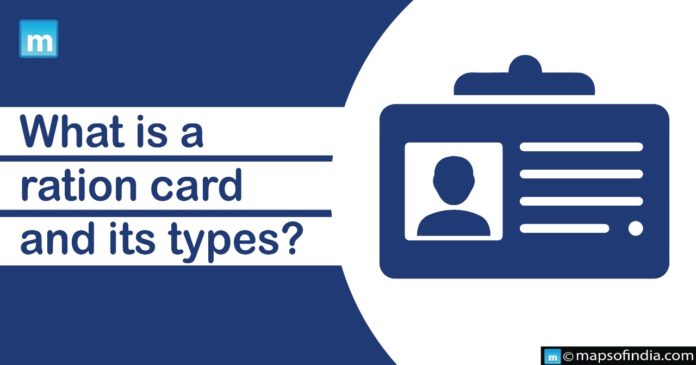A ration card is a document that the respective state governments use to aid citizens in purchasing essential day-to-day ingredients at a subsidised rate. It mentions address and acts as the identity proof, enabling Indian households to avail themselves of the facility.
The state governments offer a flawless activity of e-ration cards for people to obtain a ration card. Initially, Delhi set up this service and gradually covered Tamil Nadu and Karnataka. Therefore, people with aadhar cardholders can apply using the e-ration card facility.
Regarding eligibility, one should be an Indian citizen without holding a ration card in other states of India. One should reside and cook separately. The applicants and family members must be close relatives, and the person should not contain any other family card in the same state.
According to an individual’s earning capacity, the state governments issue the ration cards as per their schemes and based on the total members in a family. However, individuals with higher annual income can’t avail rations at a subsidised cost.
The required documents include a completed and signed application form, one identity proof of the applicant such as a driving license, election photo ID card, passport or any other government-issued ID card. Electricity bill, Telephone bill, latest LPG receipt, Bank Pass Book, Rental agreement/ rent paid receipt are some options to submit as residence proof.
Following are the types of ration cards.
- White card: One can apply for a white ration card if you are above the poverty line. The white colour means that the person is a citizen of India who is above the poverty line. The state governments maintain a subsidised retail rate for rice, wheat, sugar and kerosene oil for a certain quantity and provide APL families with 10kg to 20kg food grains per family per month at 100% economic cost.
- Blue/Red/Green/Yellow Ration Card: These ration cards are given to those below the poverty line. This ration card helps them in purchasing food items at subsidised rates. BPL (Below poverty line) families receive 10kg to 20kg of food grains per family per month at 50% of the economic cost. The subsidised end retail price for specified quantities of wheat, rice, sugar and other items varies from state to state.
- Antyodaya Anna Yojana (AAY): Persons without fixed income receive this card. It includes unemployed people, women and old aged people. These cardholders can receive 35kg of food grains per month per family. They receive food grains at the subsidised price of Rs.3 for rice, Rs.2 for wheat and Rs.1 for coarse grains.
How to transfer a ration card?
Suppose a person is moved or migrated to a different city, and the ration card has to be transferred from his or her respective state to another in the country; then, in that case, the individual has to send an application to the nearest ration office in the jurisdiction, citing the reason.
A written application has to be submitted besides proof of the new address, and the required application fee has to be paid, after which the transfer initiates.





